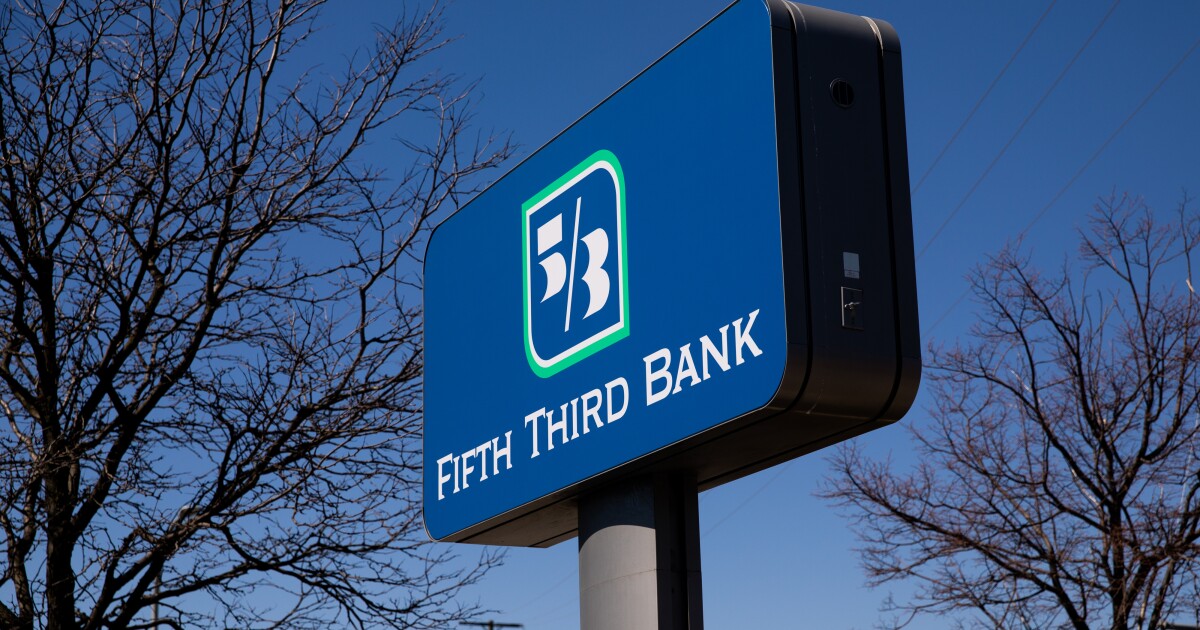Are you dreading the monotony of office life, longing for the day you can retire early? You’re not alone. Many dream of leaving the workforce well before their 60s, escaping long commutes and endless meetings. While winning the lottery is a long shot, learning how to retire early is a realistic goal, even on an average income. This guide offers practical steps to achieve financial independence sooner, enabling you to work on your terms or bid farewell to the 9-to-5 grind.
Discover how discipline and the right knowledge can bring you closer to early retirement.
Is It Really Possible to Retire Early?
Have you ever wondered where the traditional American retirement age of 65 comes from? My inner hippie suspects it was one way for “the Man” to minimize costs back when Social Security was established. Only 54% of adult men in the 1940s would live to see their 65th birthday[1]. Traditional retirement is also a good way to get rid of the expensive older workers and make room for younger, cheaper labor.
Beyond those cynical notions, the number is arbitrary. The majority of existing pension plans and social benefit plans at the time (in America and the rest of the world) began paying out at age 65. The American government decided to let people access Social Security at 65, and it’s been synonymous with retirement ever since.
Other than gaining full access to Social Security, there’s no tangible reason you need to work into your 60s. It’s no safer or riskier mathematically than retiring at any other age. You can retire far earlier as long as you can fund your lifestyle without working. Fortunately, it’s entirely possible to do so without Social Security. Thanks to the internet, it’s never been easier for the average citizen to create a portfolio of income-producing assets.
📘 Want to learn more about where you should put your retirement funds? Take a look at our guide to retirement accounts: An Introduction to Tax-Advantaged Retirement Accounts.
How Much is Enough to Retire Early?
Traditional financial wisdom says that you’ll need 80% of your working income to support yourself in retirement. Like the 65-year-old retirement age, the reasoning behind that number is arbitrary at best. The truth is that there’s no direct correlation between your working salary and retirement needs. You only need to save up enough to cover your spending in retirement, but you can even save $10,000 in six months!
👉 For example: If you make $10,000 a month while working and expect to spend $2,000 a month as a retiree, why would you need $8,000 per month in retirement? You’re not saving for anything anymore, so there’d be no reason to build up a portfolio to support the extra income.
My theory for the origin of the 80% guideline is that traditional retirement advice also suggests saving 20% of your salary. If you save 20%, you spend 80%, implying that you’d need to support that in retirement.
That doesn’t really apply to people who retire early, though, since they usually save significantly more than 20% of their salaries in the first place.
You may also end up spending significantly less in retirement than you did while you were working, rendering the whole line of reasoning suspect.
🤔 Did you know? The average household retirement savings are $255,130. The median retirement savings paint a different picture. Median retirement savings among all families in the US are only $65,000.
Calculating Your Retirement Number
In the 1990s, a group of college professors performed what’s now known as the Trinity Studies. They found that an investment portfolio split between stocks and bonds would survive inflation-adjusted withdrawals of 4% in almost all of the 30-year periods from 1925 to 1995. In simple terms, that means you have enough to retire once you save 25 times your annual expenses. That’s now known as the 4% rule, which is one of the most common modern benchmarks for financial independence.
👉 For example: Someone who spends $40,000 a year could support themselves indefinitely with a $1,000,000 portfolio of stocks and bonds. Someone who spends $20,000 per year would only need a $500,000 portfolio.
Meeting the 4% rule isn’t a guarantee, but it’s surprisingly close. You can easily add in an extra margin of safety if you’re worried. Use a conservative estimate of your future expenses, save a little extra, withdraw less than 4% each year, or keep an enjoyable side hustle in retirement.
📘 Want help figuring out how much you’ll need to save up to quit your job? Take a look at our guide to calculating that magic number: How to Calculate Your Retirement Number.
Retire Early by Keeping More of Your Paycheck
Now that you know what it takes to support yourself in retirement, the logical question is: “How do you get there as soon as possible?”
The answer is simple: Get your savings rate as high as possible. Your savings rate is equal to the amount you keep after paying expenses divided by your total earnings.
👉 For example: If you make $100,000 a year after taxes and save $25,000, you have a 25% savings rate.
That number is the best predictor of how early you can retire. The higher your savings rate, the lower your expenses, and the faster you can accumulate “enough.” Take a look at this retirement calculator to see the drastic effect your savings rate has on how soon you can retire.
👉 Here’s an example to help you understand why this works the way it does.
Imagine that your household income is $70,000 a year, close to the US median. That’s $5,833 a month. At the traditional savings rate goal of 20%:
- You’d spend $4,667 and save $1,166 each month.
- After four months of saving, you’d have $4,664 saved up.
- $4,664 would be enough to cover one month of your expenses.
Now let’s imagine that your savings rate went up to 40%:
- You’d spend $3,500 and save $2,333 each month.
- After only 2 months of saving, you’d have $4,666 saved up.
- You would save enough to cover two months of expenses in half the time.
Can you see how quickly those differences add up over time? If you kept up your savings rate of 40% for four months, you’d save almost $10,000. Not only is that twice the amount you’d save at a 20% savings in the same amount of time, but the relative power to support yourself with that money would be three times greater. Even better, that math works at every income level.
- At a 40% savings rate, 4 months of savings covers around 3 months of expenses.
- At a 20% savings rate, 4 months of savings only covers around 1 month of expenses.
🏫 American schools don’t teach this math. As a result, we tend to save minuscule portions of our incomes on average (usually less than 10%), which ensures that we have to work for decades before we can retire.
It doesn’t have to be that way, though. Even someone with an average income can save far more when they have the proper motivation. During the COVID-19 pandemic, Americans panicked and saved more than ever before. The average savings rate reached 33% in April 2020.
📘 Want to learn more about how bad Americans seem to be with money? Take a look at our analysis of the data: Are Americans Bad at Saving?
How to Retire Early by Reducing Your Expenses
The best way to increase your savings rate is almost always to spend less money. It requires significantly less energy than earning extra income for most people, and there’s plenty of room for improvement in most budgets.
Perhaps counterintuitively, spending less is also more efficient than earning more on a per-dollar basis. Here’s why:
- Better Tax Efficiency: Whenever you earn a dollar, it gets taxed at your highest marginal tax rate. For example, an extra dollar for someone in the 24% tax bracket is only worth $0.76. When you spend one less dollar, it’s tax-free.
- Lower Needs in Retirement: To retire safely, you need enough money to support your expenses. When you spend less, not only do you build your savings faster, but you’ll also need to cover lower expenses in retirement.
👉 Here’s an example of these two principles in action:
Imagine that you make $10,000 a month, spend $6,000, and save $4,000. Your savings rate is 40%.
If you managed to spend $1,000 less each month, your savings rate would go up to 50% ($5,000 divided by $10,000).
Assuming a 25% marginal tax rate, you’d have to increase your income by $1,333 just to take home an extra $1,000. On top of that, it would only increase your savings rate to 45% ($5,000 divided by $11,000).
To spend less, start by tracking your expenses with a free tool like Mint. Look for areas of waste that you can trim without reducing your quality of life. Pay special attention to your housing, transportation, and food costs. They’re the biggest line items in most Americans’ budgets and have the most potential for savings[2].
📘 Want more specific strategies for reducing your spending? Take a look at our favorite tips on budgeting and saving money.
How to Retire Early by Increasing Your Income
There’s a lot of controversy in personal finance circles over whether it’s better to focus on spending less or earning more, but that’s a false dichotomy. As in most things in life, the best path is to find a balance in the middle of the two extremes.
I like to compare these two to the defensive and offensive functions of a football team:
👉 Defense may win championships, but you still have to score to win.
It’s the same with learning how to retire early:
👉 You need to build a solid financial foundation by controlling your expenses (defense), but you also need to grow your income as much as you can (offense).
Earning more isn’t as efficient at raising your savings rate, but there’s no limit to the amount of money you can make. Meanwhile, you can only cut your spending so much. Sure, you could (try to) live in a tent in the woods, but that’s not a lifestyle most people care to have.
📘 Want some fresh ideas for bringing in extra income? Take a look at our favorite ways to make more money: How to Start Making Extra Income.
What Should Your Investment Portfolio Look Like?
Earning more and saving less will both generate extra savings, but you need to put that cash to work in a healthy portfolio if you want it to support you in early retirement. It’s not enough to just keep it in a savings account somewhere.
You need your investment portfolio to:
- Harness compound interest to shorten your cash accumulation phase
- Preserve your wealth and match your tolerance for risk
- Produce enough income to cover your living costs and outpace inflation
There’s an infinite number of investing strategies that could generate enough passive income to support you in retirement. Low-cost index funds are a favorite in the early retirement community (and my investment strategy). If you’re willing to do the extra research, rental real estate can be a great tool for shortening the journey due to their natural bias toward cash flow.
It’s also always a great option to keep an enjoyable side hustle in retirement (especially early retirement) to help cover your living costs and keep you engaged. Using the 4% rule, a side hustle that nets you just $10,000 a year would allow your portfolio to be $250,000 smaller.
📘 Want to learn how to start investing your money? Take a look at our guide to the basics: Investing 101: Investing For Beginners.
The Biggest Hurdles to Retiring Early
If you want to learn how to retire early and responsibly, you’ll need to study and prepare for some common challenges. In America, those are most likely to be:
- Healthcare: American early retirees may not be eligible for Medicare for decades. Make sure you incorporate the costs into your spending plan or come up with some other way to cover health costs.
- Sequence of market returns: The stock market averages higher returns than other asset classes, but it doesn’t grow by that average each year. If you happen to retire and start making withdrawals during an extended downturn, you could cripple your portfolio.
- Lifestyle goals: The retirement lifestyle you intend to lead has a huge impact on your planning. If you want to retire in modest style in a relatively low-cost area, retiring early is much more achievable. If you hope to jet around and live on champagne and caviar, you’ll need to focus a lot more on boosting your income (or reconsider winning the lottery).
Traditional retirement takes a ton of planning, and early retirement is even more demanding. You’ll need to account for the increased likelihood of something going wrong over 60 years as opposed to 20.
Make sure you do meticulous research before committing to an early retirement plan. It’s always a good idea to consult with a financial advisor or a Certified Public Accountant to ensure that your strategy accounts for all the necessary variables.
Publisher: Source link











